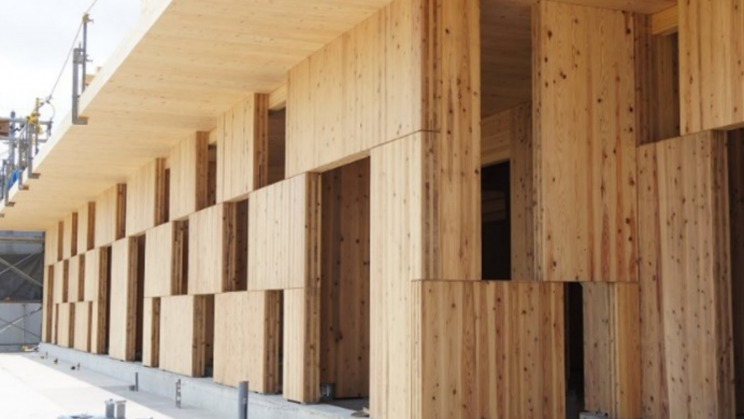Japanese Engineers Come Up With Earthquake Resistant Checkered Wall
Civil engineers and architects typically have to face the difficult task of providing adequate lighting and airflow in structures while maintaining the aesthetics of the design and the structural integrity.
If you consider the durability of the construction to this mix of issues, it transforms into a rather daunting obstacle to overcome. Engineers from Japan hope to resolve this issue using a simple yet innovative concept of checked blocks.

After showcasing their creativity by using precious metals waste to create medals in the recently concluded Olympic Games, engineers in Japan have added a new bonus to their collection by registering a patent for a seismic-resistant block wall. The designers Kengo Kuma and Associates took up the task to create a kindergarten for children. They collaborated in conjunction with the Structural Planning Laboratory of Kozo Keikaku Engineering Inc. that promotes “building for a wise future”.
Cross Laminated Timber
The team decided to use Cross-Laminated Timber (CLT), which is made of the same material as plywood but has much more dense components. In contrast to conventional concrete-based construction, which is one of the significant causes of greenhouse gas emissions, CLT is considered renewable and does not cause carbon emissions during the process of production. In 2019, the engineers of Norway had constructed a tall 280 feet (85.4 meters) high-rise with this type of material.
However, instead of a chunk of panels, the architects intended the children to interact with the breeze and light while they were in this wooden structure. They came up by introducing ‘ichimatsu’, which is Japanese for checkerboards, in which you can enjoy the feeling of being close with nature without compromising the airflow and light.
The team used draft pins and steel plates in a press release to reinforce the structure and ensure it was earthquake-resistant. The engineering team also confirmed the wall structure through rigorous tests on the wall’s construction.
The building of the kindergarten was completed in March 2021. A patent application was filed in March 2021 for the design. We hope that the concept will spur engineers to design structures that can last for a long time.
Also read about 10 Most Stunning Buildings In Tokyo
